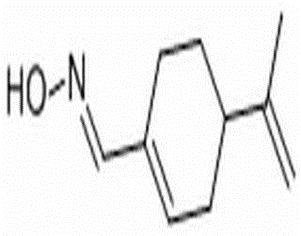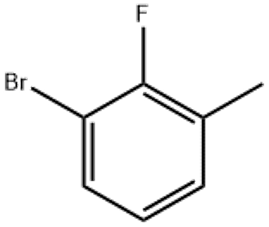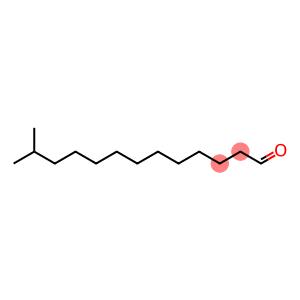(E)-1-Cyclohexene-1-carboxaldehyde(CAS# 30950-27-7)
| Risk Codes | 36/37/38 – Irritating to eyes, respiratory system and skin. |
| Safety Description | S26 – In case of contact with eyes, rinse immediately with plenty of water and seek medical advice. S36/37/39 – Wear suitable protective clothing, gloves and eye/face protection. |
| Toxicity | LD50 orl-rat: 2500 mg/kg AFDOAQ 15,82,51 |
Introduction
Perilla is a common plant with the scientific name Perilla frutescens L. It is a species of perilla in the Lamiaceae family. The properties of perilla are as follows:
Appearance: Perilla is an annual herbaceous plant that grows upright, about 1-1.5 meters in height, with heart-shaped leaves and mostly purple-red in color.
Chemical Composition: Perilla contains a variety of chemical components, including volatile oils, flavonoids, polysaccharides, and proteins.
The uses of perilla are as follows:
Edible: The leaves of shiso are used as a condiment and have a unique aroma and taste, and are often used in foods such as sushi, sashimi, and grilled eel in Japanese cuisine.
The preparation method of perilla is as follows:
Medicinal preparations: Perilla can be made into powders, concentrates, herbal wines and other forms for medicinal or health care products.
Safety information of perilla leaves:
Pay attention to quality: When buying perilla products, you should choose a qualified manufacturer to ensure the quality and safety of the product.








